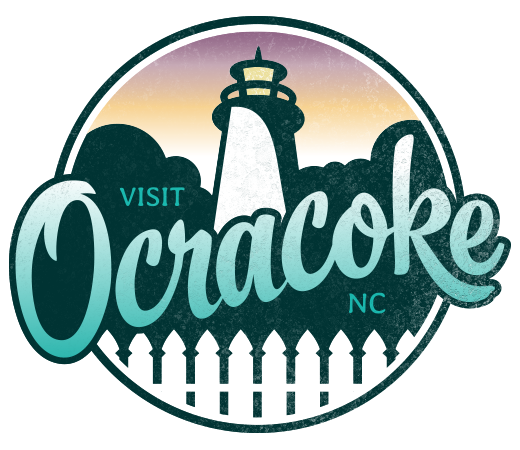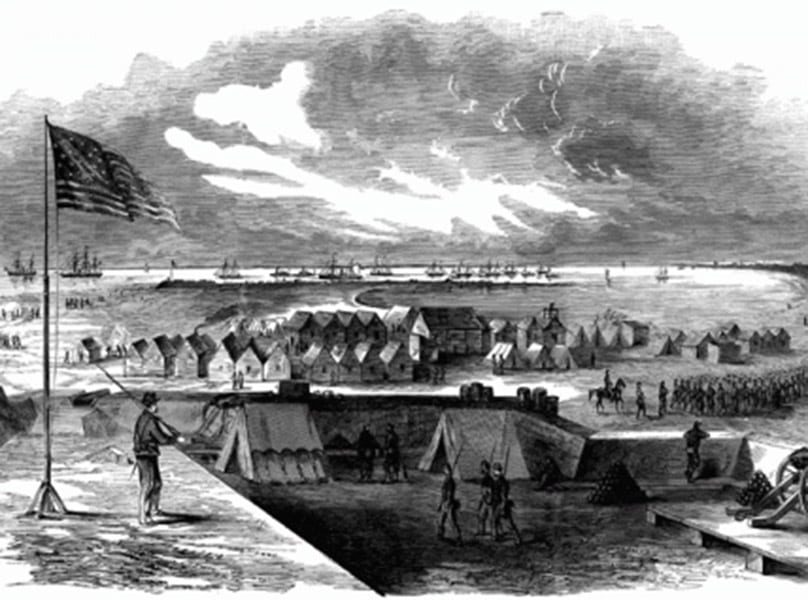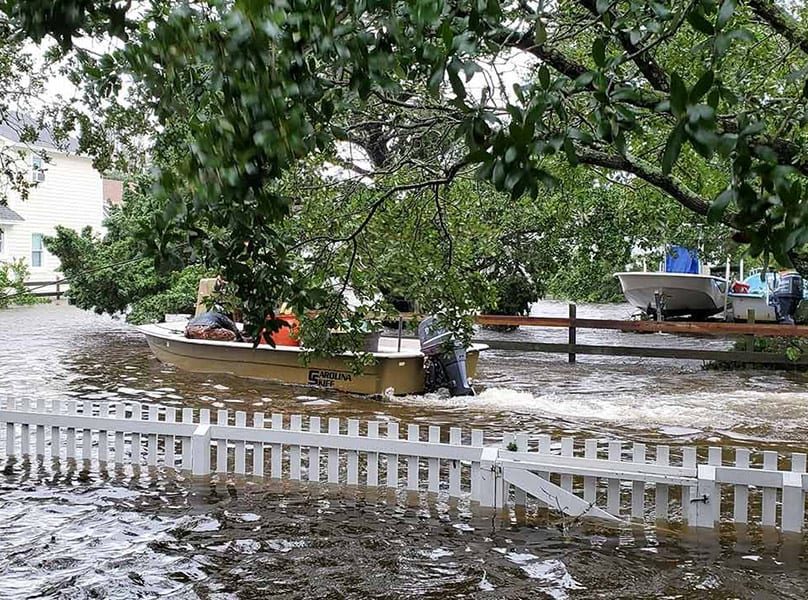Ocracoke Island History
During the early 1700s, Ocracoke Island sat amid a bustling trade route. Larger vessels were unable to navigate the shallow Pamlico Sound, and the island became a settlement for skilled sailors who could transport goods to ports on the mainland. These same waters that proved difficult to navigate also attracted pirates, many of whom continued to use the island as a temporary campsite even after the infamous Blackbeard was killed here in 1718.
Over the next 200 years, Ocracoke Island prospered and grew. It was a strategic point of entry to the Pamlico Sound during the Revolutionary and Civil War, and served as a top-secret training ground for an advanced amphibious division of the U.S. Navy during World War II.
Located near the southern end of the island is the village of Ocracoke, which has long attracted sailors, pilots, and commercial fishermen. Many of these early watermen and their families have stayed on the island for generations. They built homes and gardens, churches, pathways, cisterns, docks, and stores. Close to 250 historic structures remain, a testament to island skill on this narrow strip of sand where building materials were salvaged from shipwrecks and Mother Nature wreaked havoc with every season.










